Photo Gallery for Eucosma umbrastriana - No common name | Photos: 24 |
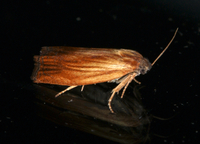 | Recorded by: Jim Petranka on 2023-05-13
Madison Co.
Comment: | 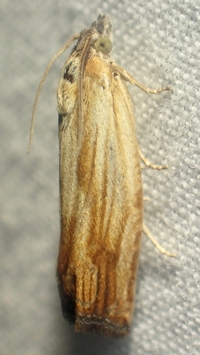 | Recorded by: tom ward on 2022-05-04
Buncombe Co.
Comment: |
 | Recorded by: Jim Petranka on 2022-05-03
Madison Co.
Comment: | 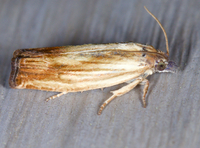 | Recorded by: Jim Petranka on 2022-05-03
Madison Co.
Comment: |
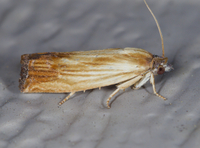 | Recorded by: Jim Petranka on 2022-04-30
Madison Co.
Comment: | 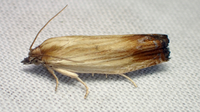 | Recorded by: tom ward on 2021-05-20
Buncombe Co.
Comment: |
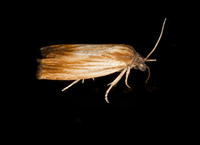 | Recorded by: Jim Petranka on 2021-05-03
Madison Co.
Comment: |  | Recorded by: Gary Maness on 2021-04-28
Guilford Co.
Comment: |
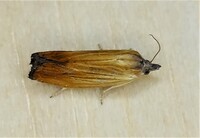 | Recorded by: Gary Maness on 2021-04-28
Guilford Co.
Comment: | 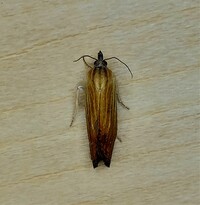 | Recorded by: Gary Maness on 2021-04-28
Guilford Co.
Comment: |
 | Recorded by: Jim Petranka on 2021-04-27
Madison Co.
Comment: |  | Recorded by: Jim Petranka on 2020-05-13
Madison Co.
Comment: |
 | Recorded by: Jim Petranka on 2020-05-13
Madison Co.
Comment: |  | Recorded by: Gary Maness on 2020-05-04
Guilford Co.
Comment: |
 | Recorded by: Gary Maness on 2020-05-04
Guilford Co.
Comment: | 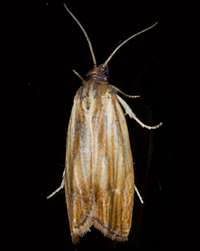 | Recorded by: Jim Petranka on 2020-05-02
Madison Co.
Comment: |
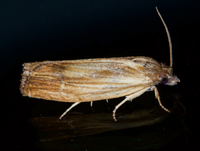 | Recorded by: Jim Petranka on 2020-05-02
Madison Co.
Comment: | 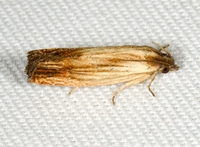 | Recorded by: Jim Petranka and Becky Elkin on 2019-05-08
Madison Co.
Comment: |
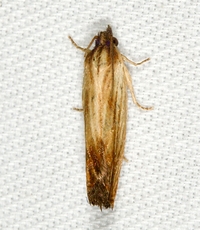 | Recorded by: Jim Petranka and Becky Elkin on 2019-05-08
Madison Co.
Comment: | 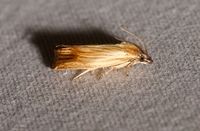 | Recorded by: Jim Petranka and Becky Elkin on 2019-05-03
Madison Co.
Comment: |
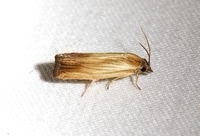 | Recorded by: Jim Petranka and Becky Elkin on 2019-05-02
Madison Co.
Comment: |  | Recorded by: Vin Stanton on 2015-05-06
Buncombe Co.
Comment: |
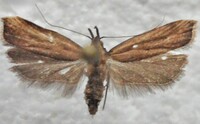 | Recorded by: Darryl Willis on 2014-07-11
Cabarrus Co.
Comment: | 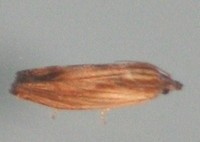 | Recorded by: Harry Wilson on 2010-05-12
Wake Co.
Comment: |
|